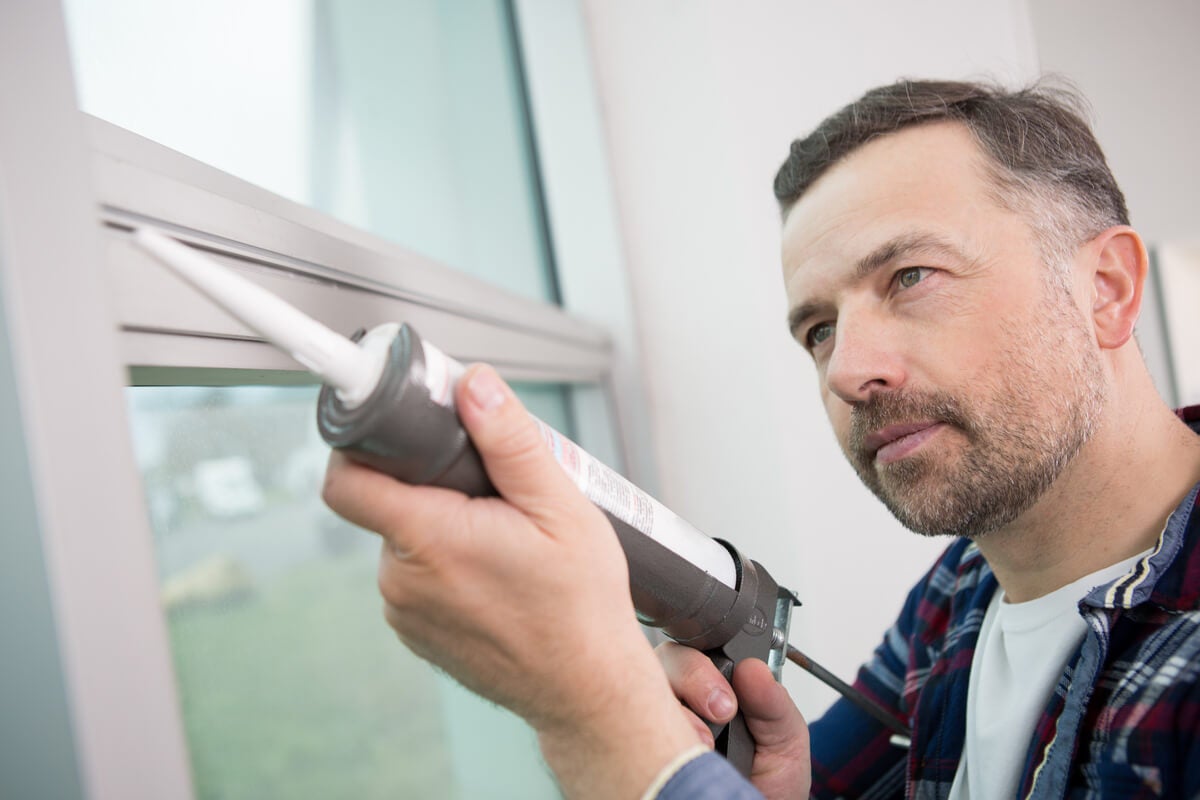
Steps Homeowners Should take to Winterize their Homes and Prevent Costly Insurance Claims
10/20/2020

When most Arkansans prepare for the arrival of winter weather, most people think about things such as ice scrapers or other preparatory items for their cars. Many people do not think about preparing their homes for the winter. But it’s just as important to winterize the home. If it is not properly prepared, a home may become the subject of a liability claim. There are several steps to take to winterize a home properly.
Insurance Checklist for Winter
If a home was recently updated or had renovations, it may not be sufficiently insured. It is important to keep insurance coverage updated in accordance with the value of the home and any added improvements. People with vacation properties should also consider whether their current coverage is adequate.
Personal property endorsements for expensive jewelry, equipment, or other items should also be updated. For those who have children in college and are funding part of their education, it is important to think about liability coverage for living accommodations.
Home Checklist for Winter
Before turning any heating systems on, be sure to replace or clean heating filters. Ensure any heating units are professionally serviced and inspected. People who do not have smoke alarms or carbon monoxide alarms should install them. All doors and windows should be inspected, and cracked glass should be replaced. Some windows may also need to be sealed. The sidewalk in front of the home should be inspected for any dangerous cracks. To minimize the risk of falls, handrails on outdoor stairs should be checked and repaired if necessary. It is especially important to do this if people come to the house often because falls are a common source of liability claims against homeowners.
Homeowners should also take the time to clean their gutters. Any acorns, leaves, sticks, or debris should be removed from gutters before the first freeze of winter. This will allow melted ice and snow to drain properly so it does not seep into the roof or walls. Gutter guards are also good to install to keep debris from entering them. Look at trees and shrubs in the yard. If branches are hanging over the home, they should be trimmed. The same goes for shrubbery that may be blocking walkways.
Inspect the insulation in basements, crawl spaces, and attics. If heat can escape too easily, it will cause snow and ice to melt quickly. When the moisture melts, it can seep into the roof or walls and cause severe damage or even collapses. If the insulation is sufficient, it should prevent pipes from freezing and bursting. However, it may be necessary to wrap pipes with heating tape in garages or other buildings with less insulation. Indoor temperatures should be set to at least 65 degrees during the winter months. If temperatures drop below this point, pipes could freeze. It is important to know where the shutoff valves are for plumbing features. If pipes do freeze, homeowners must turn off the water as quickly as possible to prevent a burst. This is especially important for vacation homes that will remain vacant during the winter.
Overall, the important idea to remember about winterizing homes is that preventing problems before they occur is the best way to avoid insurance claims. To learn more about reviewing coverage or adding more to an existing policy, contact us today!
Explore More
-
Read Women and Asset Protection: How Insurance Can Help 
-
Read Why Should You Have Life Insurance When Buying a House? 
Why Should You Have Life Insurance When Buying a House?
-
Read Protecting Your Loved Ones with Life Insurance 
Protecting Your Loved Ones with Life Insurance

